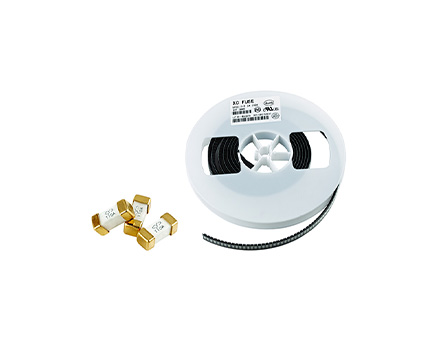
The voltage of a household circuit is usually 220V, and the current flowing through it is also very large. If a household circuit malfunctions or leaks, it will threaten human life safety. Therefore, in order to prevent this harm, we usually install an overload protection device in the main circuit of the household or install a fuse in the circuit. Some people want to know which one of these two has the greater effect? Next, the editor will answer for everyone.
1、 The function of leakage protector:
Leakage protector, also known as leakage switch or leakage protector, is mainly used to protect equipment from leakage faults and potentially fatal personal electric shock. It has overload and short circuit protection functions and can be used to protect circuits or motors from overload and short circuits. It can also be used for infrequent switching and starting of circuits under normal circumstances.
Leakage protectors can be classified according to their protection function, structural characteristics, installation method, operation mode, number of poles and lines, action sensitivity, etc. Here, they are mainly described based on their protection function and purpose, and can generally be divided into three types: leakage protection relays, leakage protection switches, and leakage protection sockets.
Leakage protector
2、 The function of a fuse:
When a circuit malfunctions or is abnormal, the current continues to rise, and the rising current may damage some important components in the circuit, burn the circuit, or even cause a fire. If the fuse is correctly installed in the circuit, the fuse will fuse and cut off the current when the current abnormally rises to a certain height and heat, thereby protecting the safe operation of the circuit.
Read recommendations:
What is the function of patch self recovery fuses.battery distribution fuse block